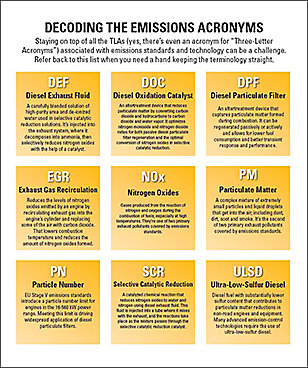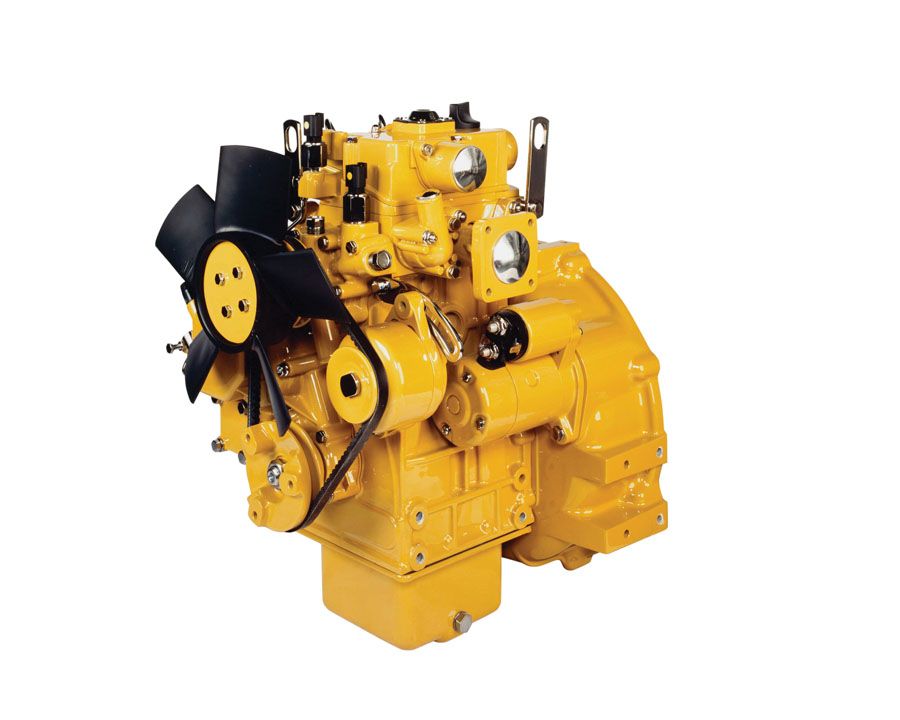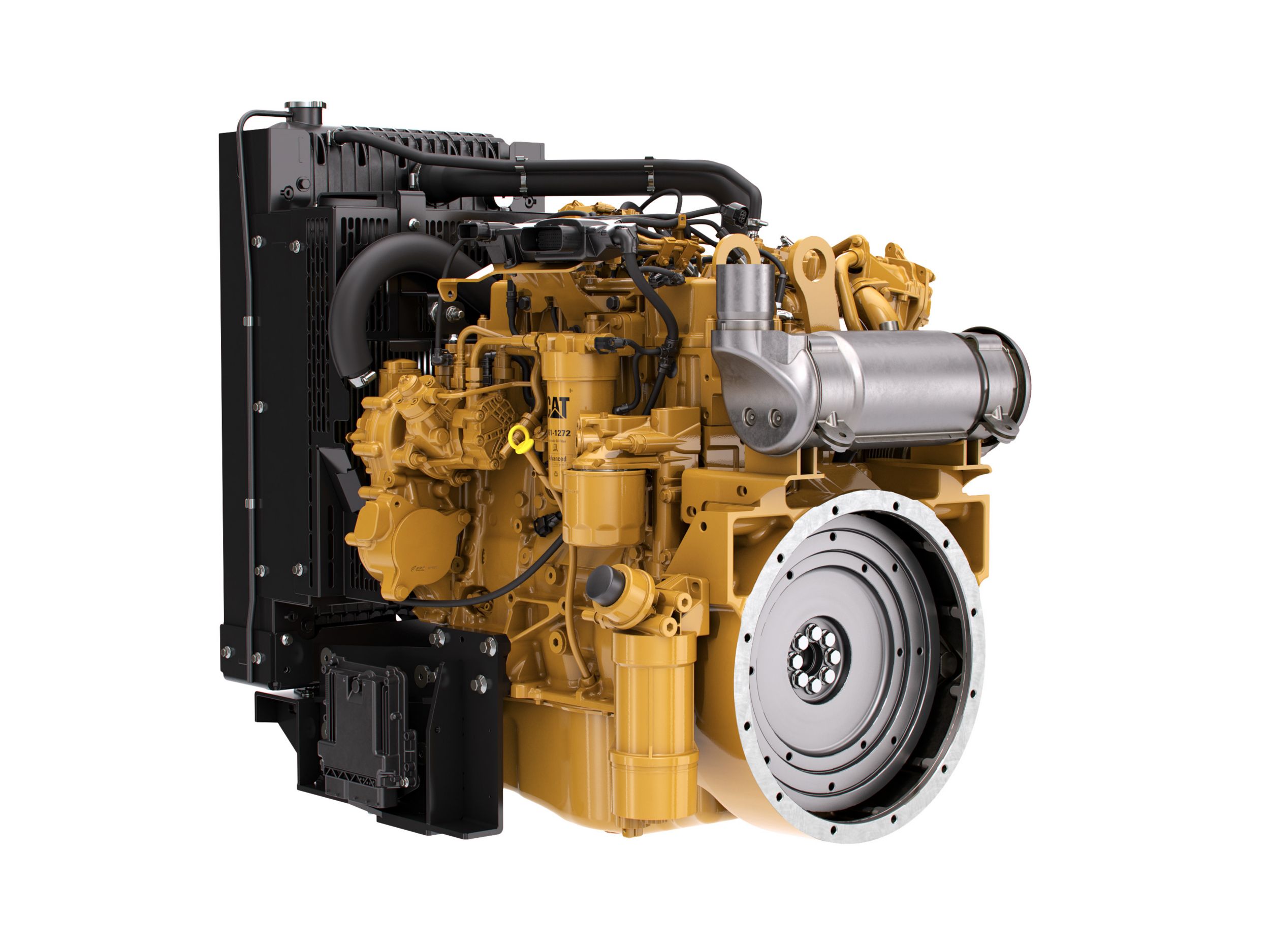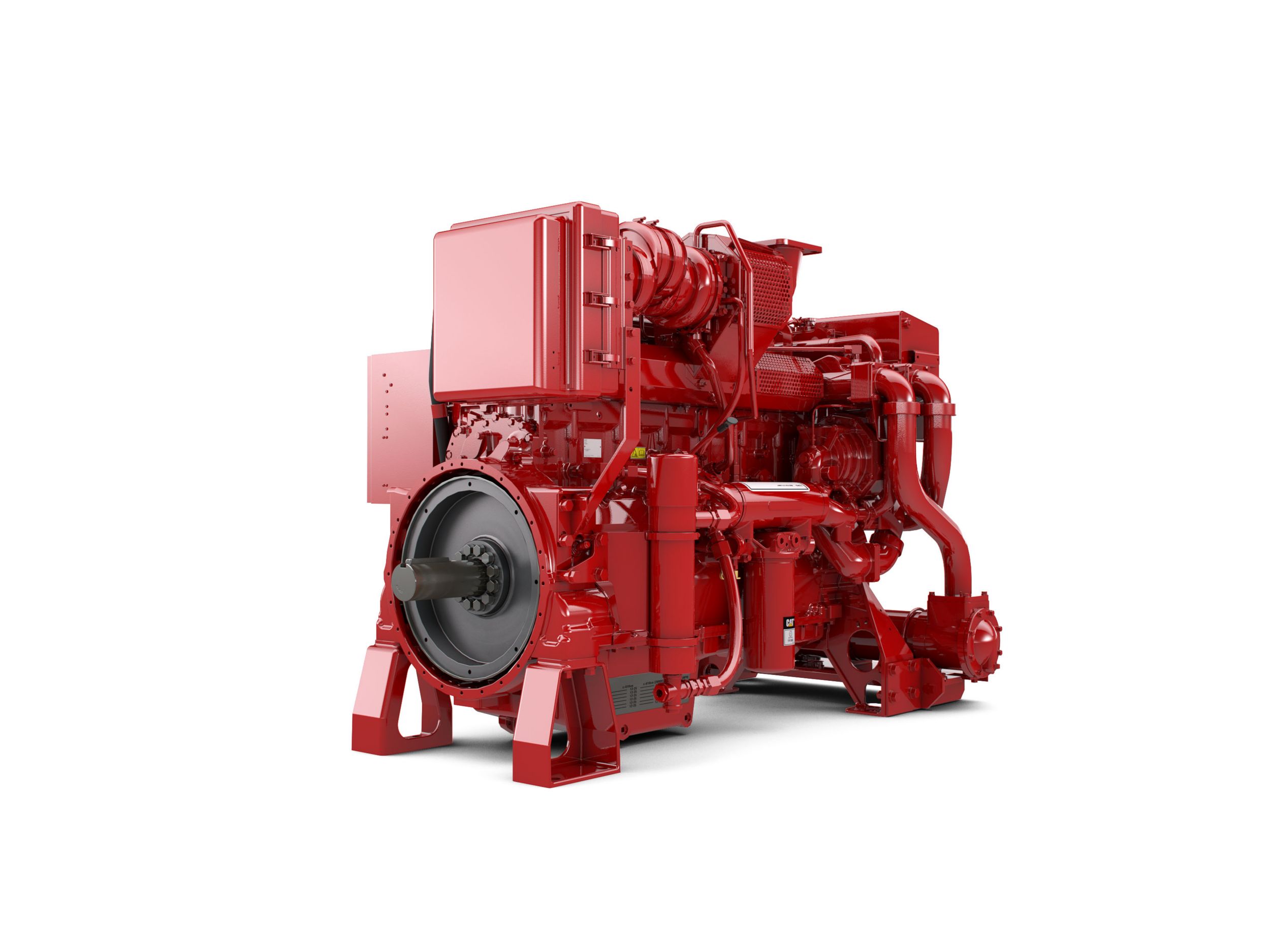Four keys to understanding Aftertreatment
service and support
As you integrate engines with aftertreatment systems into your products, it’s likely you’ll focus first on installation and operation. But don’t overlook the maintenance side of things — it can have a big effect on productivity, costs and uptime for your customers. As you compare what engine suppliers offer, make sure you consider the following:
Seek Out Continuous Transparent Regeneration Systems
Removing soot, carbon and other particulate matter that gets trapped in the engine’s Diesel Particulate Filter (DPF) involves a process called regeneration. With some engines, the user must shut down the machine to regenerate the DPF — interrupting the work cycle and hurting productivity. It’s a good idea to seek out engines with continuous transparent regeneration systems instead. They eliminate the need to stop for DPF regeneration, allowing machine operators to keep on working while the process occurs in the background.
REDUCE DOWNTIME WITH “FIT FOR LIFE” AFTERTREATMENT ENGINES
Anytime you add components to the engine, you’re adding to the parts and service bill, right? Not necessarily. It’s true that some engines do require replacement of the DPF or other aftertreatment components at certain intervals, which means your customers will pay for the cost of new parts as well as the downtime associated with performing the service. That’s why it’s smart to consider engines with a “fit for life” aftertreatment strategy. They’ve been validated in the field, in both everyday and extreme conditions, to ensure the aftertreatment components will last for the life of the engine — no replacement needed.
SAVE TIME AND COST WITH PLANNED MAINTENANCE
Keeping up with planned maintenance — oil changes, filter changes and the like — is more important than ever on engines with aftertreatment systems, as is using the right type of fuel and grade of oil. Doing so helps them operate at peak performance and remain emissions-compliant over their entire lifecycle. Try to avoid engines that require additional service intervals, though. That slows your customers down, costs them more money and makes them more likely to skip maintenance altogether. Look for engines with the same, if not better, intervals to help keep service time and costs to a minimum.
Work With A Knowledgeable Network For Support
Even the most robust, reliable engine eventually will need service, so you want to select an engine supplier with a strong support network. Excellent parts availability, an extensive footprint of repair shops, in-the-field service capabilities and the willingness to offer maintenance and service contracts are all important factors. So is expertise in working with today’s high-tech engines. Confirm that the dealer service technicians your customers will rely on are well-trained on how to diagnose, troubleshoot, service and repair aftertreatment systems — quickly and accurately.





